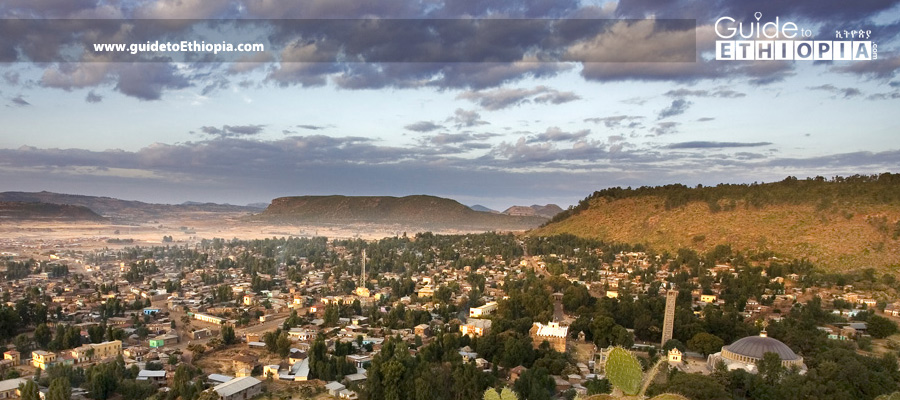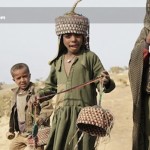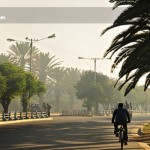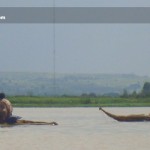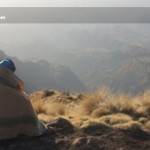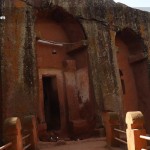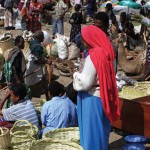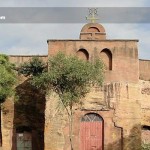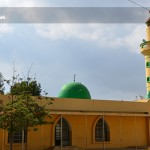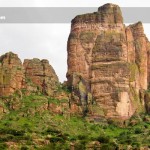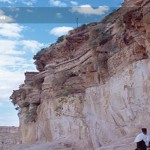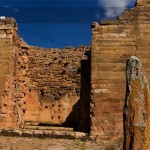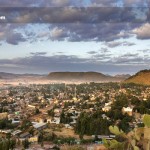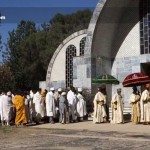Recognized as the cradle of ancient Ethiopian civilization, Tigrai is a vast region in the northernmost part of the country which shares common borders with Eritrea in the north, the State of Afar in the east, the State of Amhara in the south, and the Republic of the Sudan in the west.
The region covers an area about 54,572.61 square km and according to a 2007 census, the population was 4,314,456 of which 2,124,453 were males and 2,189,603 were females.Centuries of erosion, deforestation and over grazing have left the region with dry and treeless plains, hills and plateau. Nevertheless, the region is dotted with patches of forest like Higumbirda, Desa and Kafta Humera, while Lake Hashenge is recognized as an important bird nesting ground.
Land along the Tekezze gorge, is covered with trees which protect birds and animals of different species. Elephant, Leopard, Klipspringer and bush buck are among the wild animals that are found in the state of Tigrai.The state is headed by a president who is elected by the council of the state and is divided into six administrative zones and one city administration. Excluding Mekelle town, the state capital, there are six administrative zones: comprising a total of 47 Weredas (districts) and 673 Tabias (sub-districts).
Tigringa, a language derived from the ancient Geez, is the official language of the region while small minorities speak other languages such as Erobinga, Kunaminga and Agew in their respective communities.Two international (Mekelle & Humera) and one modern Airport (Axum) provide access to the region but it is also possible to reach Tigrai by taking buses that leave Addis early in the morning to cover the 783 km road to Mekelle in one day. Within Tigrai itself, the bus service is reasonably efficient and all-embracing. The coverage of buses for Maichew, Adigrat, Zalanbesa and Adwa, Abi Addi and Indasilassie Shire is excellent. There are usually at least two buses a day between larger towns and about one bus a day between smaller ones.

